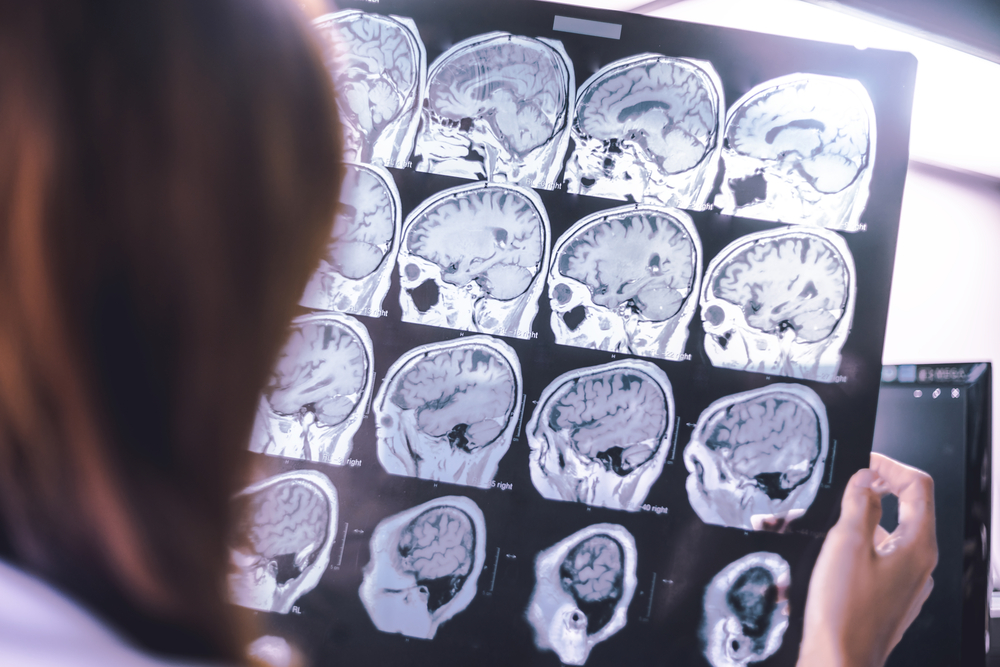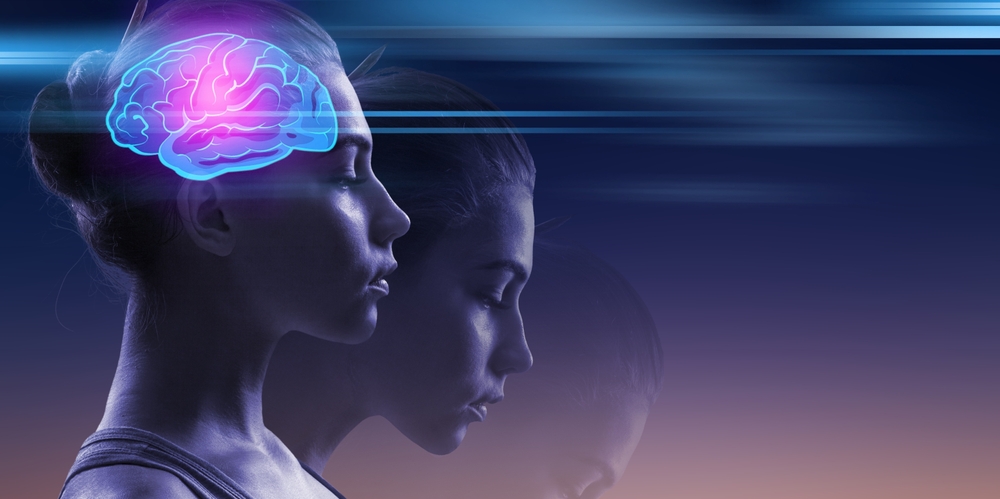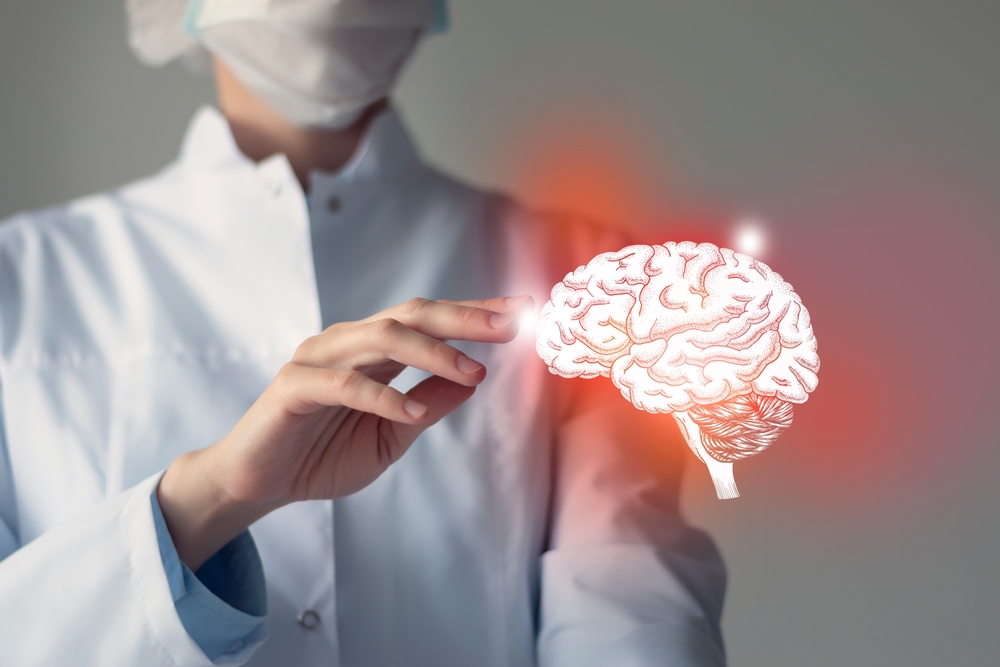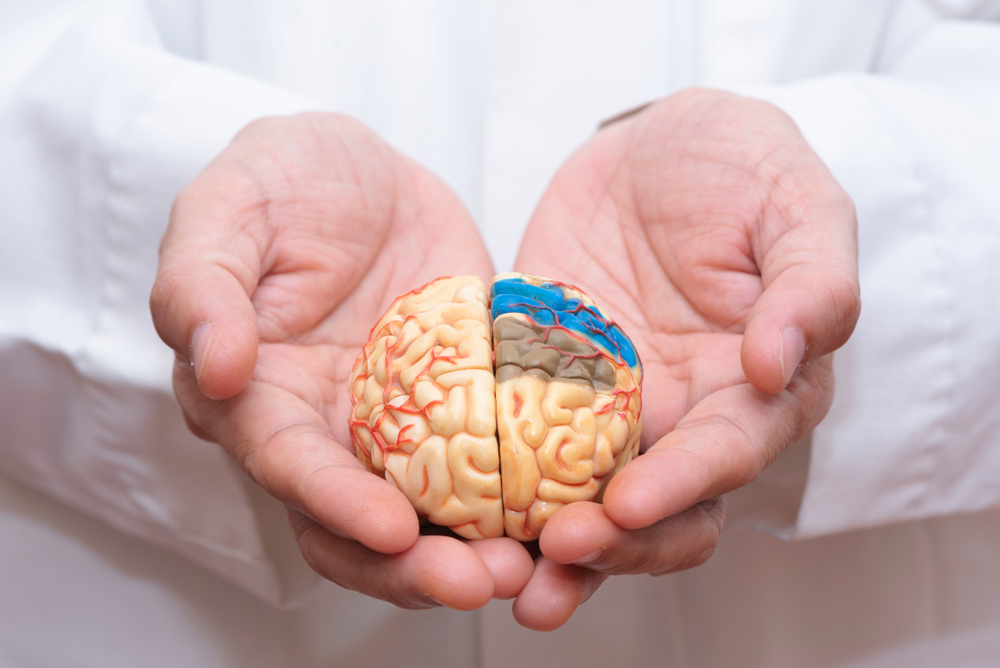For decades, scientists have searched for better ways to treat anxiety without the side effects that come with traditional medication. Now, researchers have identified a specific brain circuit that acts like an off switch for anxiety. This major discovery could revolutionize how anxiety is treated, offering new hope for people who struggle daily with symptoms like racing thoughts, constant worry, and tension. Current treatments often fall short or come with long-term complications, making this development especially important. The discovery is based on brain activity patterns that control emotional responses, particularly fear and overthinking. Understanding these internal triggers opens the door to more precise and safer solutions for managing anxiety.
How the Brain Triggers Anxiety

Anxiety is rooted in how the brain perceives danger. When the amygdala, the brain’s fear center, senses a threat, it activates a stress response. This includes increased heart rate, muscle tension, and heightened alertness. These reactions help with survival but can spiral out of control when triggered too often. Many people with chronic anxiety find that their brains activate this response even in safe situations. This is due to faulty communication between brain areas that regulate emotions and logic. For years, researchers have been trying to figure out how to calm the system without dulling overall brain function. This breakthrough provides the clearest solution yet.
The “Off Switch” Discovery in the Hippocampus

Scientists at the University of Calgary have discovered a small group of neurons in the hippocampus that can stop anxiety behaviors in lab mice. These neurons act like a control system, shutting down fear responses without interfering with alertness or movement. When these neurons were stimulated, the mice showed reduced anxiety behaviors almost instantly. They continued to behave normally otherwise, meaning there were no sedation effects or other disruptions. The hippocampus, long known for its role in memory, is now emerging as a central player in emotional regulation. This new discovery shows that anxiety might not just be about overactive fear, but about underactive calming signals.
Read More: 10 Unbreakable Habits That Help You Live Longer and Stress Less
Why This Matters More Than Traditional Meds

Most anxiety medications, including SSRIs and benzodiazepines, work by adjusting brain chemistry on a broad level. While helpful for some, these drugs often come with a list of side effects including fatigue, weight gain, memory loss, and risk of dependence. They also take weeks to become effective and can lose their impact over time. By contrast, the new discovery focuses on a targeted brain mechanism that can calm anxiety quickly and naturally. Because it works on a specific neuron group, it avoids the scattershot approach of traditional medication. This could lead to faster, cleaner anxiety relief without sacrificing mental clarity or long-term health.
Targeted Brain Therapy Could Be Next

The discovery paves the way for new forms of therapy that may not involve drugs at all. Scientists are investigating non-invasive brain stimulation techniques to target these hippocampal neurons directly. Techniques like transcranial magnetic stimulation or focused ultrasound are already used for depression and chronic pain. These methods could potentially be adapted for anxiety using this new research. In addition, wearable devices and digital therapies that activate specific brain frequencies may also benefit from this breakthrough. The future of anxiety treatment may include light-based or sound-based therapies that offer relief with the push of a button, bypassing the long list of side effects associated with medication.
Human Trials May Not Be Far Off

Although this discovery was made using mice, researchers are confident that similar brain patterns exist in humans. Thanks to modern imaging tools, it is now possible to study individual neurons and circuits in real-time. Brain scans can track activity in the hippocampus and confirm whether the same neuron clusters are active during episodes of anxiety. This will be key for designing human trials and potential treatments. If confirmed, doctors could eventually pinpoint which patients would benefit most from this kind of therapy. It brings personalized mental health care closer to reality, which is something traditional treatments have yet to achieve.
How Anxiety Affects the Brain Over Time

Living with anxiety over long periods can change the brain’s structure. Studies show that the amygdala grows more sensitive and the prefrontal cortex, which controls rational thought, becomes less active. This creates a loop where anxiety becomes the default response. The hippocampus plays a role in regulating this loop, and if its calming signals can be boosted, that loop can be broken. Strengthening this pathway could help reverse the changes caused by chronic stress. This would not just treat anxiety but also restore balance in brain function over time, offering long-term recovery instead of just symptom management.
Brain Plasticity and Long-Term Solutions

One of the most exciting parts of this research is that it taps into brain plasticity. That means the brain can adapt and form new patterns of activity. People suffering from anxiety often feel stuck, like their reactions are out of their control. But if calming circuits in the brain can be trained or activated regularly, it may be possible to build new emotional habits. Scientists believe future therapies could help individuals retrain their brains to resist anxious thoughts. This is especially promising for young people and others looking for drug-free ways to manage anxiety in the long term.
What This Means for Mental Health Care

Mental health care has long relied on medication and talk therapy. While both are valuable, they don’t work for everyone. The ability to switch off anxiety without numbing the brain changes the game entirely. It gives doctors a new tool, one that works quickly and safely. It also removes the stigma that comes with psychiatric drugs for some patients. This could lead to broader acceptance and early intervention, which is key in preventing chronic mental health issues. If proven effective, this approach may also reduce the global cost of treating anxiety disorders, which ranks among the most common mental health problems worldwide.
Closing Thoughts

Anxiety affects hundreds of millions of people across the world. While many treatments exist, they are far from perfect. This discovery of an internal off switch offers something completely new. It is a non-drug solution based on the body’s own systems. As researchers continue their work, the hope is that anxiety can be turned off like a light, without numbing the rest of your mind. That vision may sound futuristic, but with today’s technology and brain science, it is quickly becoming reality. For now, the science is still developing, but the potential impact of this finding cannot be overstated.
Read More: 12 Health Facts Most People Don’t Want to Hear
Disclaimer: This article was created with AI assistance and edited by a human for accuracy and clarity.
Disclaimer: This information is not intended to be a substitute for professional medical advice, diagnosis or treatment and is for information only. Always seek the advice of your physician or another qualified health provider with any questions about your medical condition and/or current medication. Do not disregard professional medical advice or delay seeking advice or treatment because of something you have read here.

